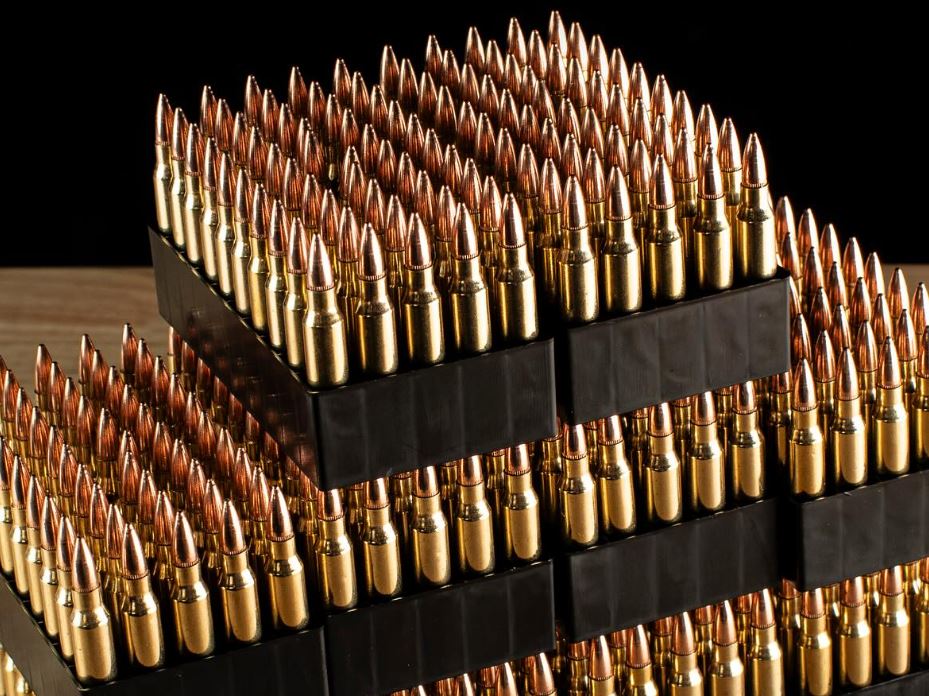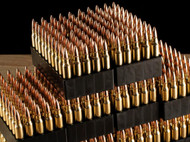The Evolution of Ammunition: From Musket Balls to Modern Bullets
Posted by Nick Finefrock - novice shooter, exceptional lover on Feb 1st 2024
Ammunition, the lifeblood of firearms, has undergone a remarkable evolution over centuries. From the humble beginnings of musket balls to the sophisticated cartridges of today, the development of ammunition mirrors the advancement of technology, warfare, and shooting sports. Join us as we embark on a journey through time to explore the fascinating history and evolution of ammunition.
In the early days of firearms, ammunition was rudimentary yet effective. Muskets, the primary firearm of the time, used round lead balls as projectiles. These balls were loaded manually, often with the assistance of a ramrod, and propelled by black powder—a mixture of sulfur, charcoal, and potassium nitrate.

The Industrial Revolution revolutionized ammunition production. With advancements in manufacturing techniques, metallic cartridges emerged as a game-changer in the mid-19th century. These cartridges, consisting of a brass casing, primer, powder charge, and bullet, offered improved reliability, ease of use, and increased firepower compared to their predecessors.
The late 19th and early 20th centuries witnessed another significant leap forward with the introduction of smokeless powder. Unlike black powder, smokeless powder burned cleanly, produced less fouling, and delivered higher velocities, paving the way for more powerful and efficient firearms.
Additionally, the development of jacketed bullets—bullets encased in a harder metal jacket—enhanced penetration, accuracy, and terminal performance. These innovations transformed ammunition into more precise and lethal projectiles.

Photo by Karolina Grabowska: https://www.pexels.com/photo/a-pile-of-bullet-rou...
The world wars served as catalysts for ammunition innovation. During World War I and World War II, engineers and manufacturers experimented with new materials, designs, and calibers to meet the demands of modern warfare.
Notable advancements included the introduction of intermediate cartridges, such as the 5.56x45mm NATO and 7.62x39mm, which offered a balance of power, controllability, and ammunition weight. Moreover, developments in bullet design, including hollow points and ballistic tips, optimized terminal ballistics for various applications, from military combat to hunting.

In the present day, ammunition continues to evolve with a focus on precision, performance, and specialization. Cutting-edge technologies, such as computer-aided design and manufacturing, enable the production of ammunition with unparalleled consistency and accuracy.
Specialized ammunition variants cater to diverse needs, including long-range shooting, self-defense, competitive shooting, and hunting. From subsonic rounds for suppressed firearms to high-velocity cartridges for long-range precision rifles, modern ammunition offers a wide array of options to meet specific requirements.
In conclusion, the evolution of ammunition reflects humanity's quest for innovation, efficiency, and effectiveness. From the humble beginnings of musket balls to the precision-engineered cartridges of today, ammunition has played a pivotal role in shaping the course of history, warfare, and shooting sports. As technology continues to advance, one can only wonder what the future holds for the ever-evolving world of ammunition.

